MOD Pizza is known around the country for its unique take on quick and delicious pizzas. They first opened their doors in Seattle in 2008, and by the end of 2023, there were more than 560 restaurants.
However, MOD Pizza has just closed 27 of its locations around the US without any warning or announcement explaining why, even to their now out-of-work employees.
The History of MOD Pizza

When one thinks of fast-food pizza, Domino’s, Pizza Hut, or Papa John’s typically come to mind. These popular chains certainly have a lot to offer, such as delivery services, affordable pizzas, and beloved menu items.
But MOD Pizza has something no other fast-food pizza restaurant does. When it opened its first restaurant in Seattle, Washington, in 2008, it boasted made-to-order pizzas with all fresh ingredients, ready in just minutes. Like Subway or Chipotle, customers could completely customize their orders and walk out the door with a freshly baked pizza in no time.
A Successful Business Model

The business model proved wildly successful, and within only a few years, MOD Pizza locations started popping up all over the country. By December 2023, there were more than 560 restaurants in the USA and two in Canada.
It’s important to understand that MOD never really rivaled the big names, but it certainly made enough money in its unique market to be considered a top contender for fast food pizza.
Why Close 27 Locations if Things Were Going Well?
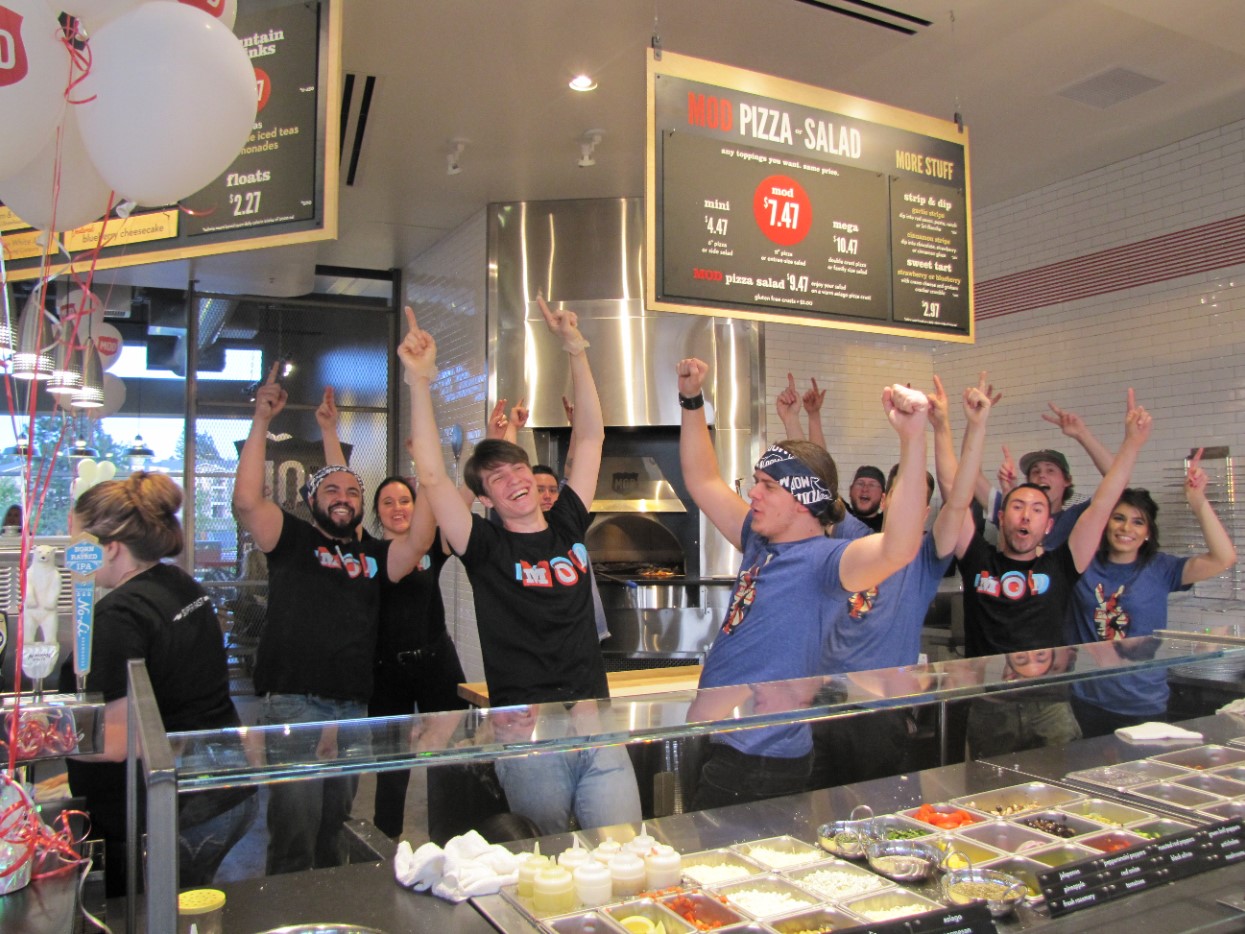
It’s just become public knowledge that MOD Pizza closed 27 of its 560 locations over the past month, and interestingly, no one really knows why.
Financially, the company has been doing well. In fact, it reported a net revenue of $398 million in 2023. And that is actually a slight increase from the years before, showing that MOD was actually improving its overall sales.
MOD Pizza Hasn’t Commented on the Closings
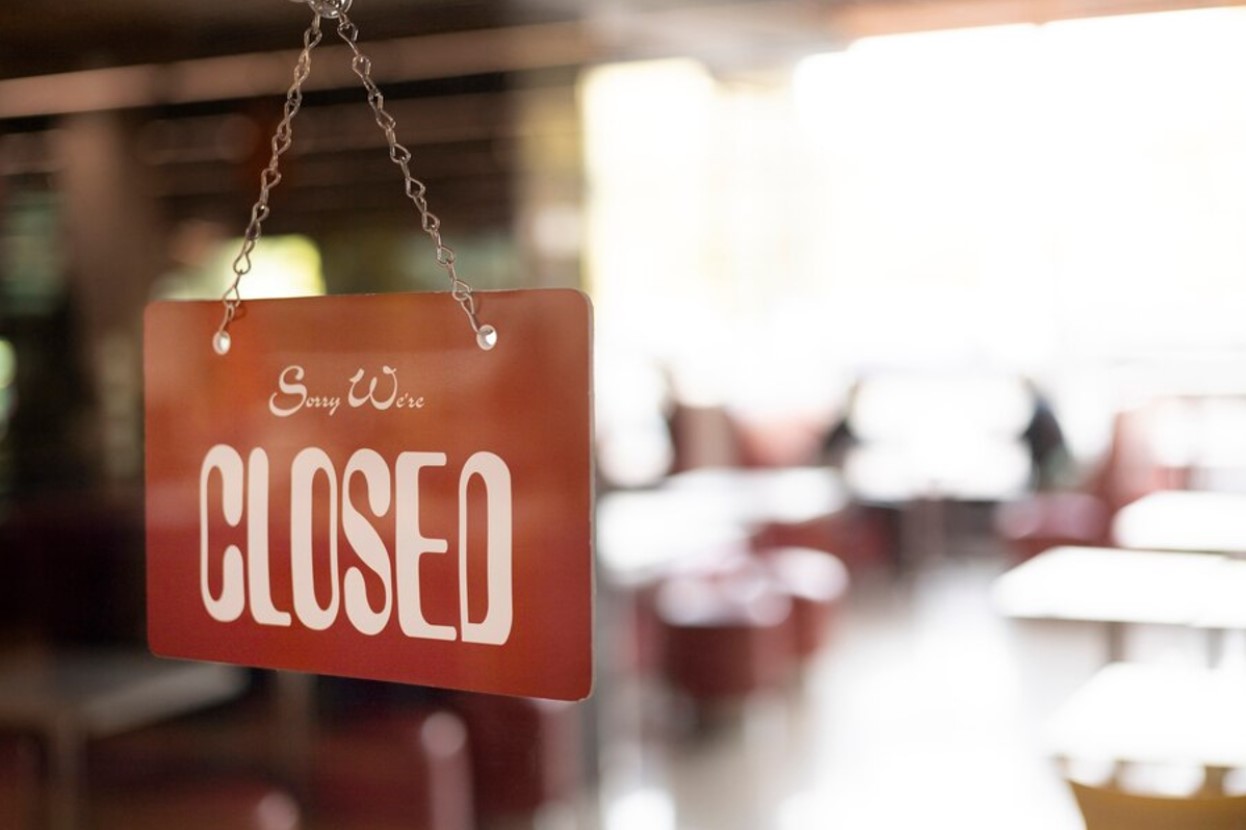
No one from MOD Pizza has made a public comment regarding the shocking closings. While one may be on the way, for now, its employees, customers, and really everyone else are forced to speculate.
Many are considering one hint when guessing what has gone wrong: five of the recently closed locations were in the state of California.
California’s Minimum Wage Increase Just Went Into Effect

Except for Washington state, where MOD first opened, California has more MOD Pizza restaurants than any other state, with more than 50 locations.
And because the company has so many restaurants in the Golden State, many are arguing that the most likely reason for the closings is that California has just raised its minimum wage for all fast food workers.
The Debate Around California’s Newest Legislation

California Governor Gavin Newsom passed a law last October that officially went into effect on April 1, 2024, raising the minimum wage for the state’s fast food workers from $16 to $20 per hour.
The legislation has sparked quite a debate around the state and the country. Many argue that it’s a fantastic step forward for underpaid Americans, whereas others say it’s going to cause significant closings and even layoffs throughout the industry.
Fast Food Companies in California Will See a Significant Increase in Labor Costs
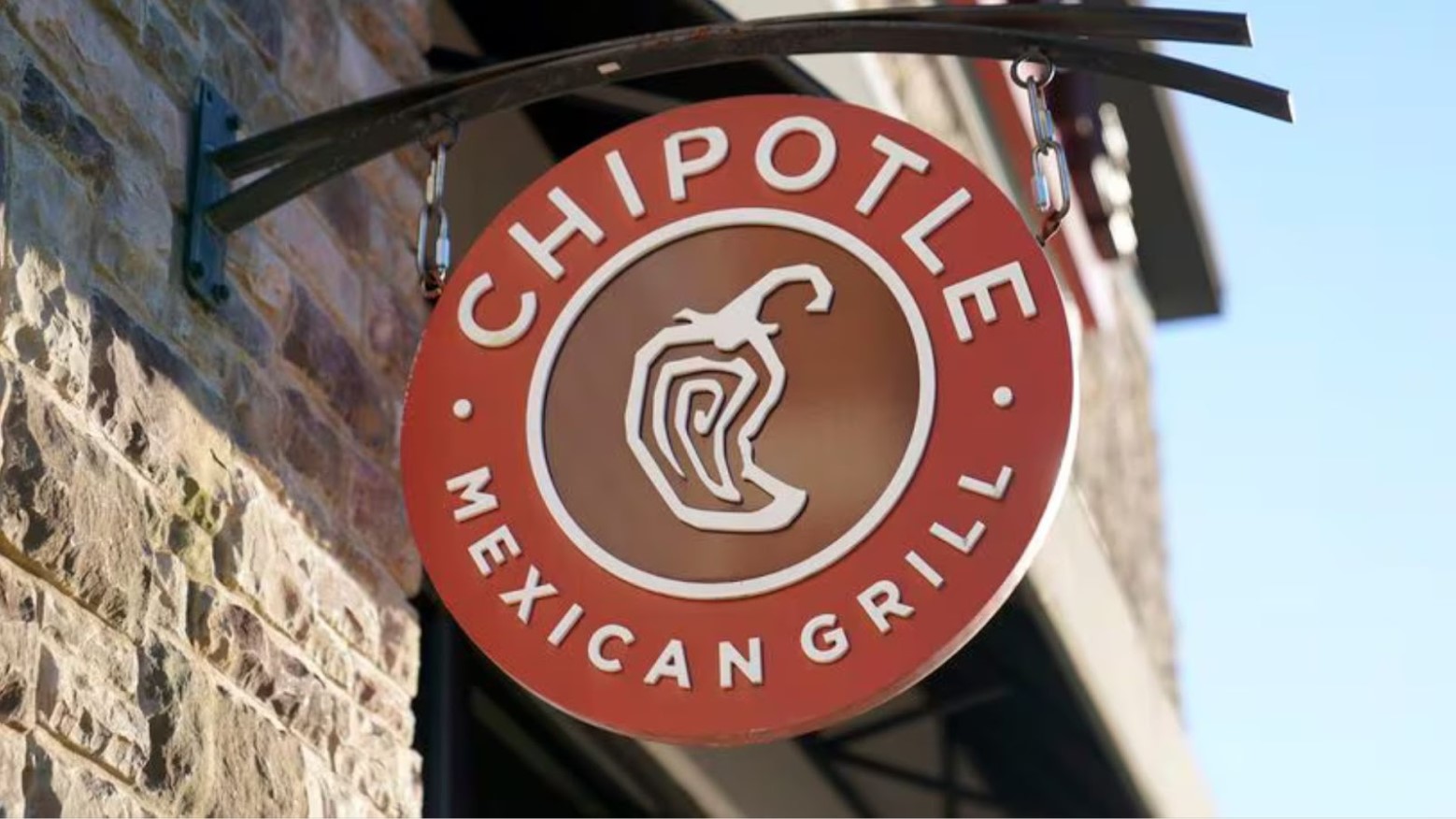
The new law will undoubtedly substantially increase the labor costs of dozens of fast food chains this year. To combat this additional spending, some companies, like Chipotle and McDonald’s, have announced that they will be raising their prices.
Although no company has formally announced that it will be closing any of its California locations, the vast majority of people believe that this is exactly why MOD Pizza shut down 27 restaurants this month.
One MOD Pizza Employee Weighed in on the Situation

FOX26News interviewed one of the MOD Pizza employees who recently lost their job due to closings, and they explained, “I do have a feeling it had to do with the $20 an hour increase, seeing as they knew it was coming.”
The anonymous employee is, of course, disappointed. They were expecting a raise and, instead, were sent packing. The former MOD Pizza employee said, “I mean, nobody is going to turn down a raise, but at the end of the day, with repercussions like this, was it worth it?”
MOD Pizza Supposedly Didn’t Give Their Employees Any Notice of the Closings

In addition to the frustration of losing their jobs, MOD Pizza employees have reported that the company didn’t even tell them ahead of time that they would be closing the restaurants they worked in.
Apparently, at one location, the employees were gifted $2,000 each as severance pay. However, in others, such as one restaurant in Wisconsin, the employees weren’t even able to collect their final paychecks, let alone severance.
Is $4 More Worth Risking Increased Unemployment?

The situation at MOD Pizza is certainly igniting a much larger conversation regarding California’s new minimum wage law and, specifically, how it will affect the American workforce.
Some, like the former MOD Pizza employee, believe that an extra $4 an hour simply isn’t worth the real cost of the increase. That cost, of course, is that hundreds or even thousands of Americans who work in the fast food industry could lose their jobs this year.
What’s Next for MOD Pizza?

It’s important to remember that until MOD Pizza announces why it’s closed more than two dozen locations in March 2024, this is just a theory. In actuality, the decision could have nothing to do with California’s new minimum wage legislation.
For now, what’s new for MOD Pizza is anyone’s guess. They could simply be cutting down on costs in order to increase net profits, they could be responding to Gov. Newsom’s legislation, or it could mean they’re actually struggling and will be closing down more locations to stay afloat. We will have to wait and see what they say about the matter.
Overview of Fast Food Industry Challenges
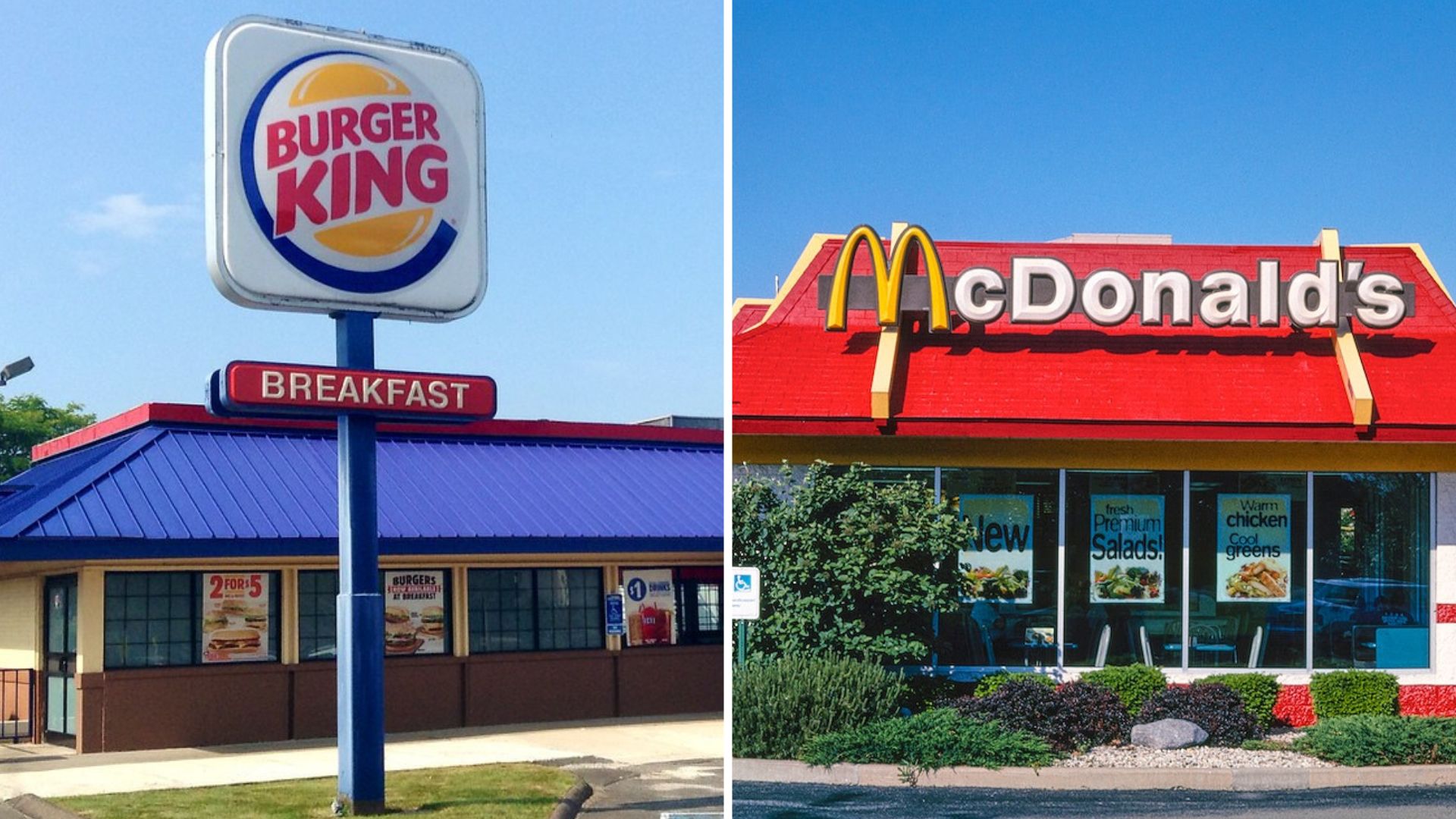
The fast food industry is navigating through a storm of economic pressures, including rising inflation and a noticeable shift in consumer spending habits.
These challenges are not only squeezing profit margins but also forcing many chains to rethink their business strategies. As consumer priorities shift towards healthier options and value for money, even established chains are finding it difficult to maintain their market position.
Impact of Minimum Wage Increases

Several fast food chains are grappling with recent minimum wage increases, particularly in California.
This legislative change has pushed labor costs up, compelling chains like Chipotle and McDonald’s to hike their prices. For smaller or similarly positioned chains like MOD Pizza, these increases strain operational budgets, potentially leading to location closures or reduced staffing.
The Cost of Labor

As labor expenses climb, fast food outlets are forced to either increase prices or cut corners elsewhere. This delicate balance often affects service quality and can alienate price-sensitive customers.
For businesses like MOD Pizza, managing these costs without compromising on customer experience or product quality remains a daunting challenge.
Reaction from the Market
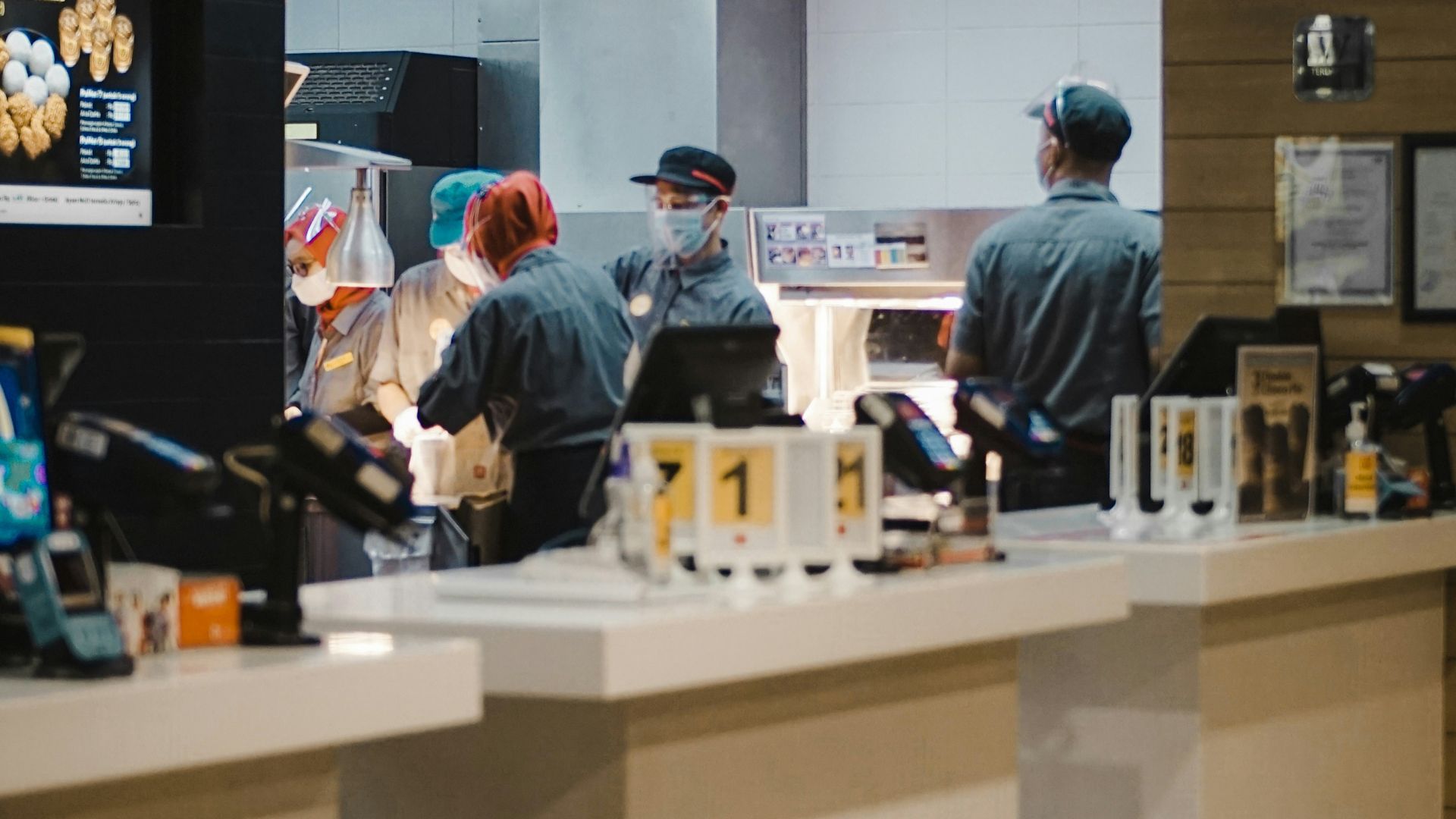
Market responses to price hikes in the fast food industry have been mixed. While some understand the necessity due to increased wages, others turn to more dining options.
This shift can significantly affect chains known for low-cost meals, impacting their overall sales and customer base.
Technological Adaptations in Response
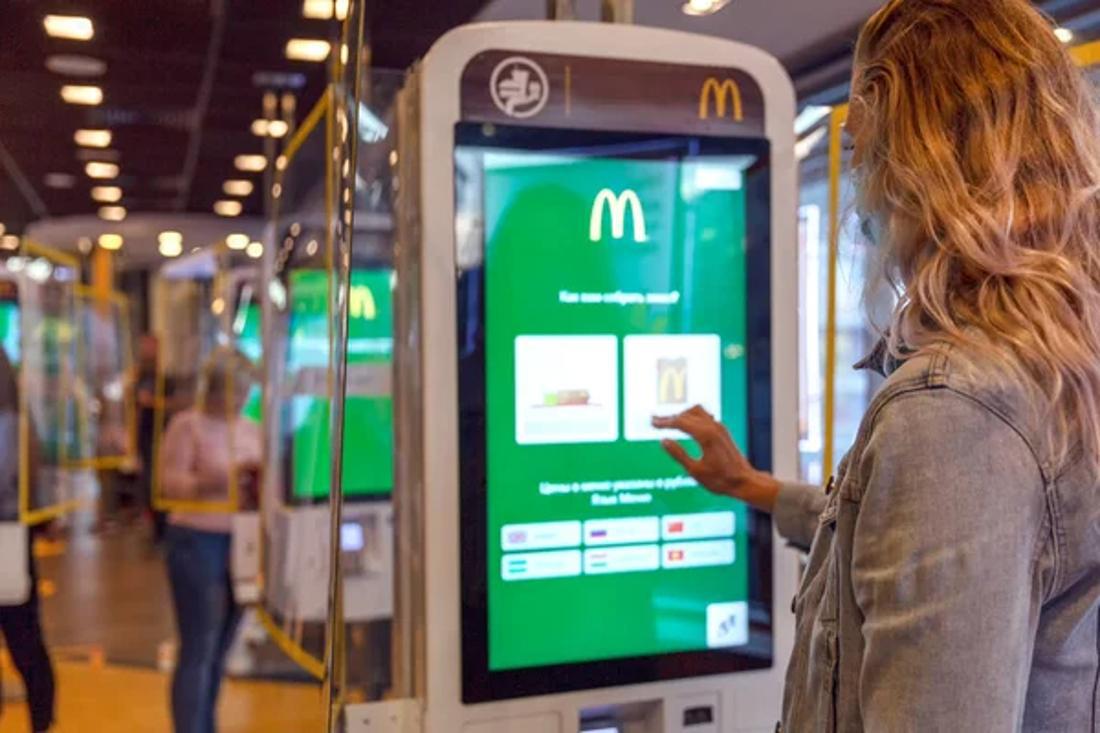
To mitigate rising labor costs, many fast food chains are increasingly turning to technology such as self-order kiosks and mobile apps.
These innovations reduce the need for a large workforce, thereby controlling costs. However, while this shift helps maintain profit margins, it also raises concerns about job losses within the industry.
Franchise Model Pressures
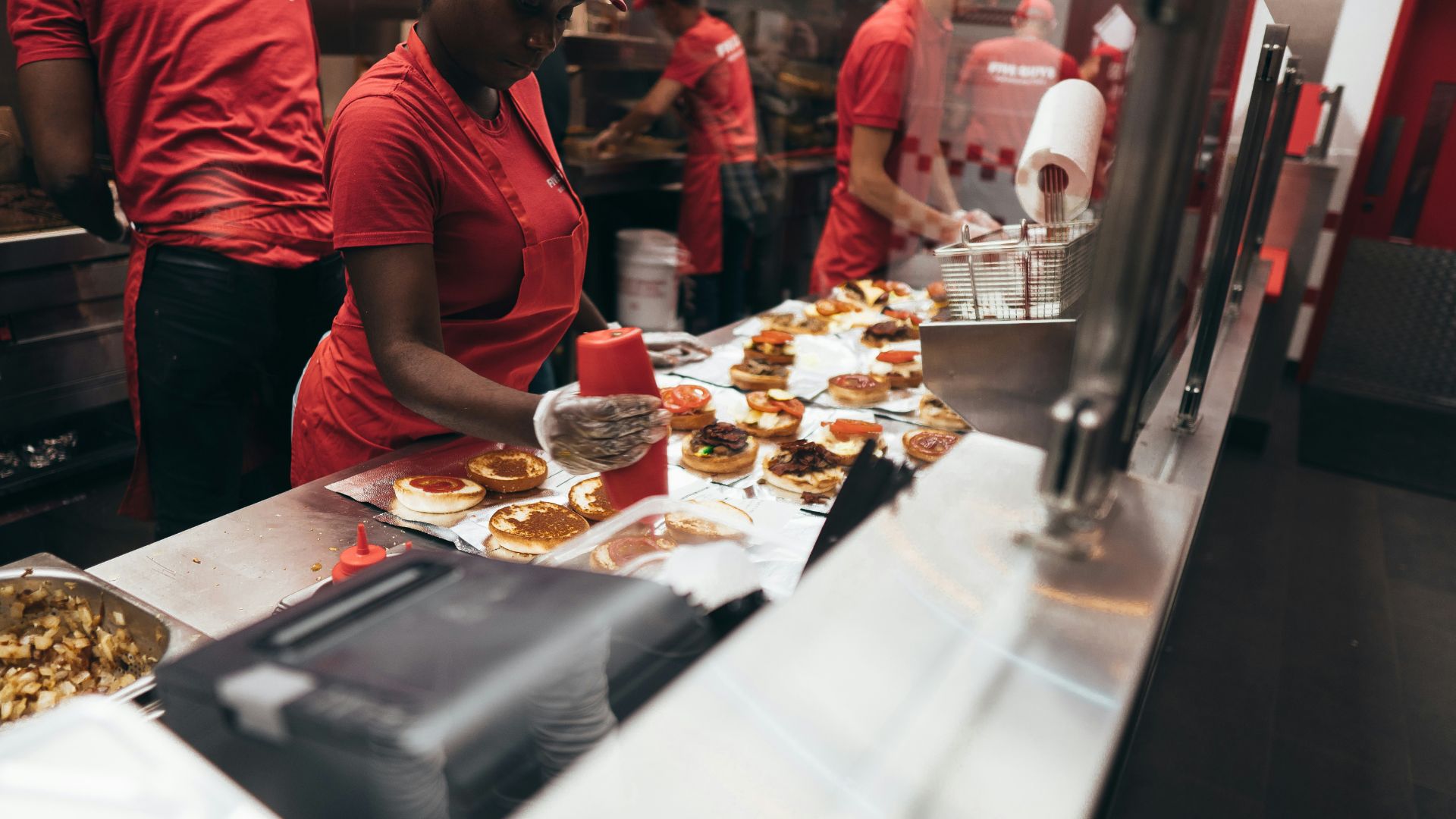
Franchisees in the fast food industry often face unique pressures, exacerbated by economic downturns and increased operational costs.
These franchise owners must adhere to corporate standards while managing higher costs, which can squeeze their margins tighter than those of directly operated locations.
Case Studies of Struggling Chains
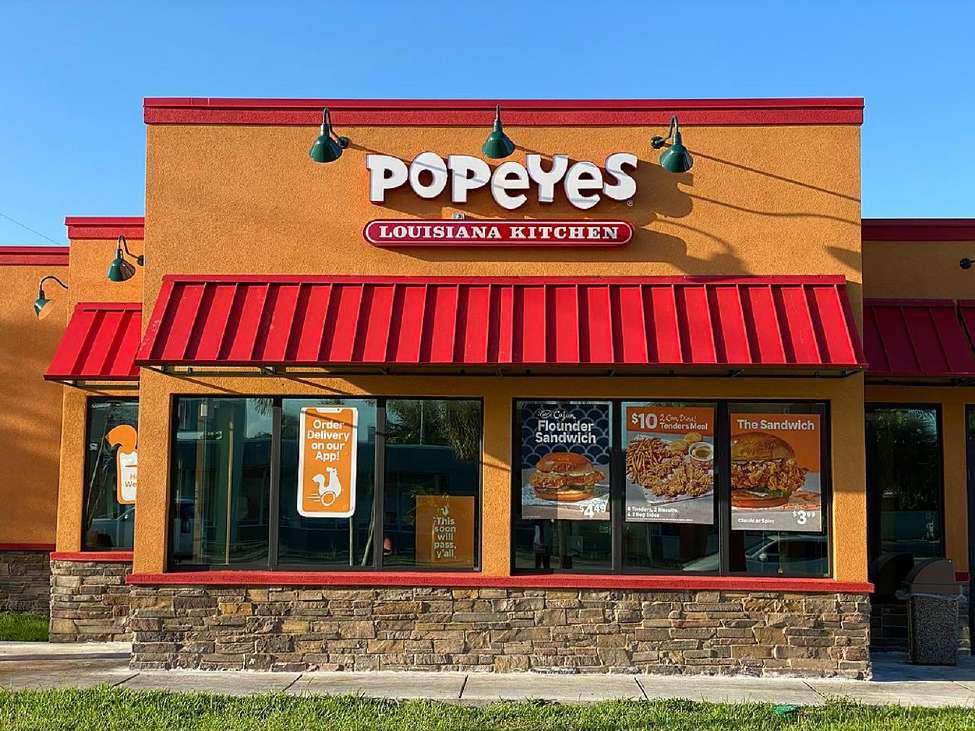
Recent years have seen several fast food chains, including well-known names like Burger King and Popeyes, reduce their number of locations.
These strategic closures often reflect deeper financial issues or market repositioning efforts, illustrating the volatile nature of the industry.
Shifts in Consumer Preferences
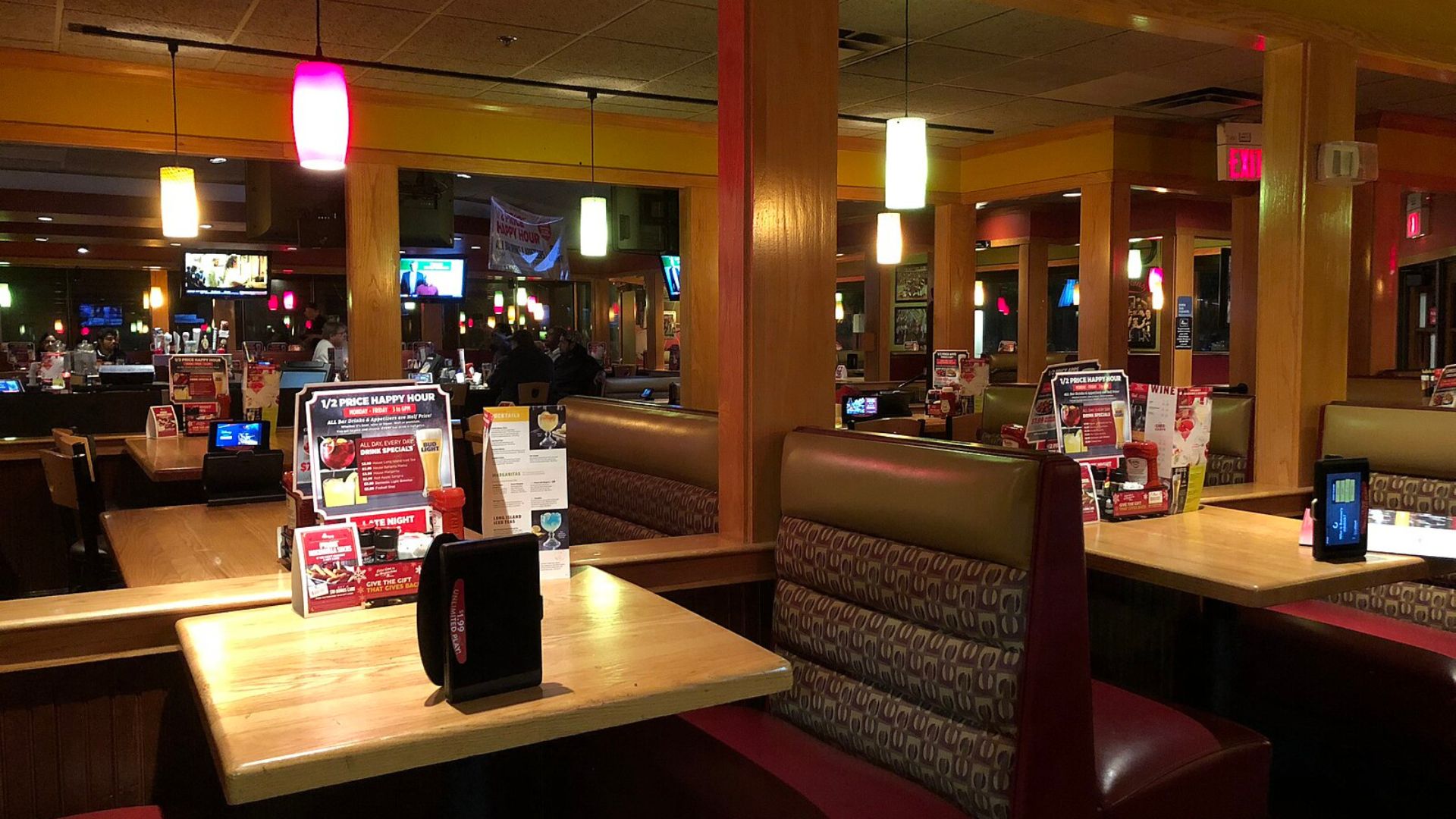
Consumer preferences are trending towards healthier and more sustainably sourced food options (via the World Economic Forum).
This shift has impacted traditional fast food chains, prompting them to adjust their menus and marketing strategies. Chains that fail to adapt risk losing relevance and market share to more agile competitors.
Strategic Closures and Market Retraction

Strategic closures of locations, such as those by MOD Pizza, are often a response to unsustainable operating costs or changing market dynamics.
Although painful in the short term, these decisions can help a company stabilize its finances and refine its business model for long-term sustainability.
Legal and Regulatory Challenges
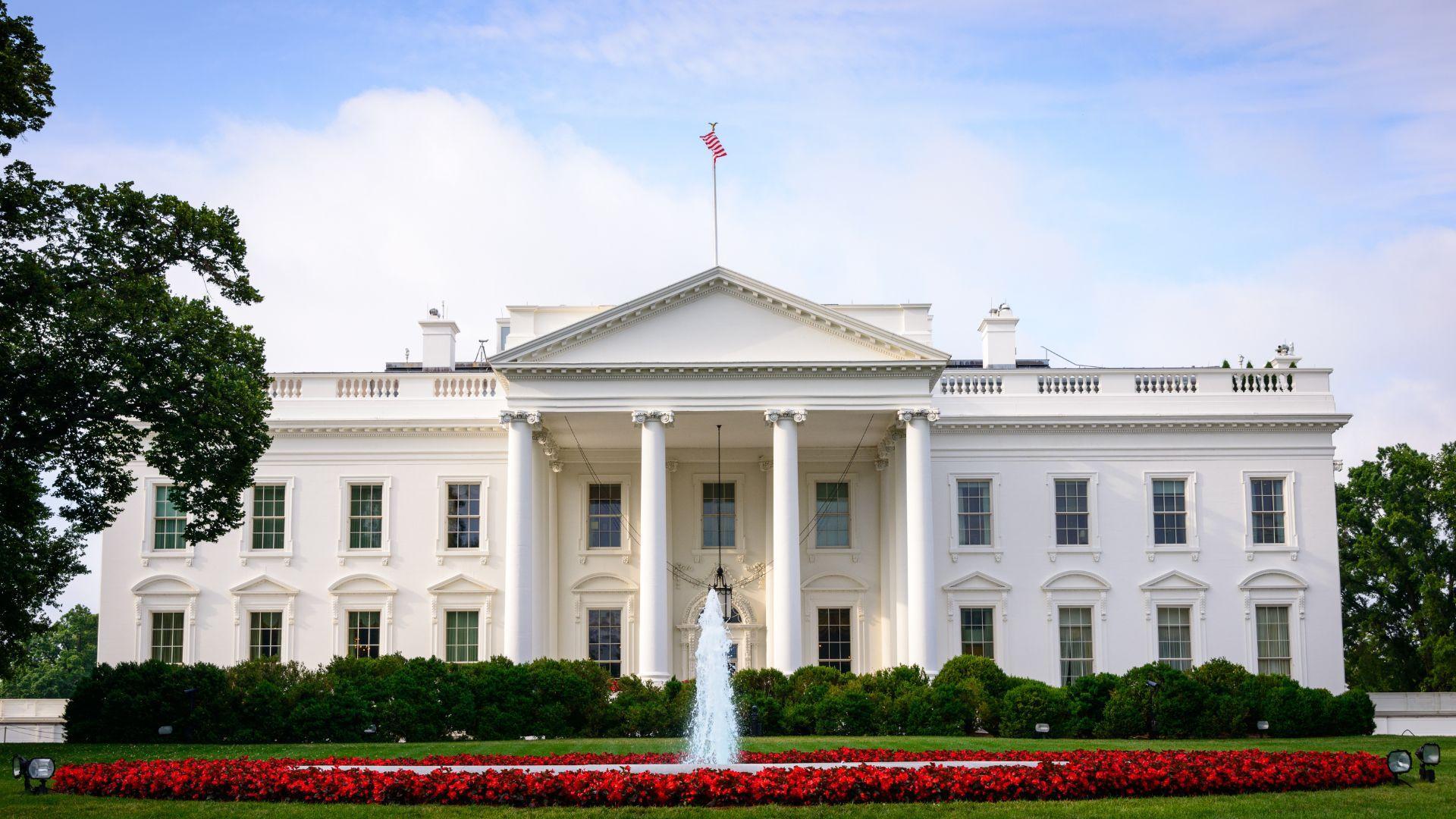
The fast food industry also faces a growing array of legal and regulatory challenges.
From wage laws to health regulations, these hurdles can complicate operations and necessitate additional resources, impacting profitability and operational flexibility.
Sustainability and Corporate Responsibility

An increasing focus on sustainability and corporate responsibility is reshaping the fast food industry. Chains are now expected to reduce waste, source ingredients sustainably, and engage in ethical labor practices.
Meeting these expectations not only appeals to consumer preferences but also contributes to a brand’s long-term viability and public image.
Future of Employment in Fast Food
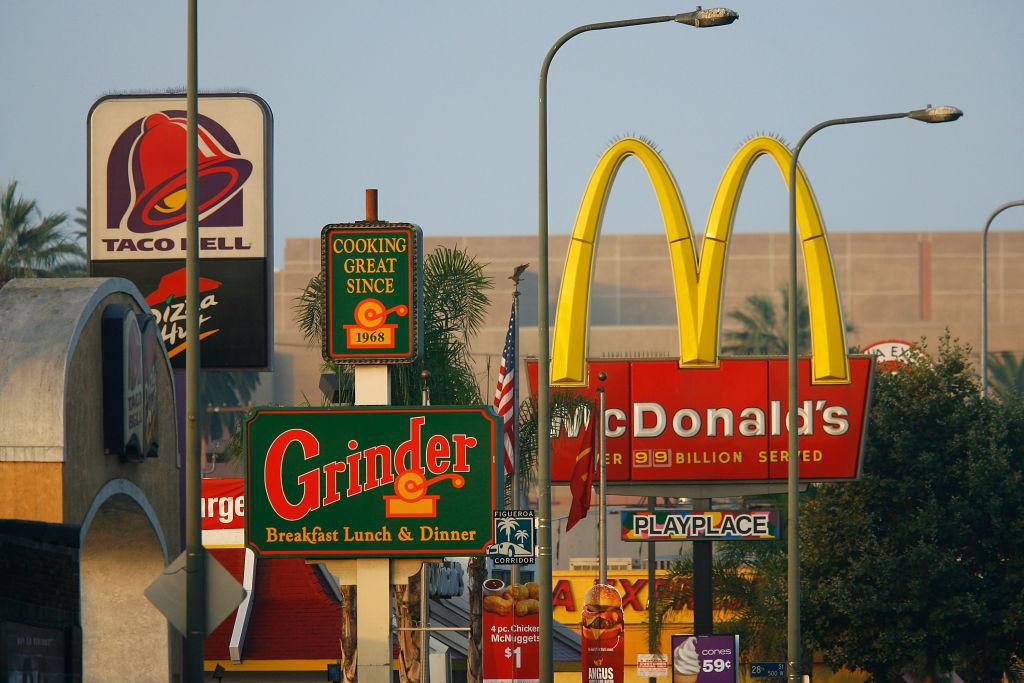
The fast food sector’s employment landscape is poised for significant changes.
As automation becomes more prevalent, the traditional roles within restaurants are being redefined, potentially leading to fewer jobs but more specialized positions focused on customer service and technology management.
